Unleashing Potential: Open Layouts Transform Commercial Remodeling
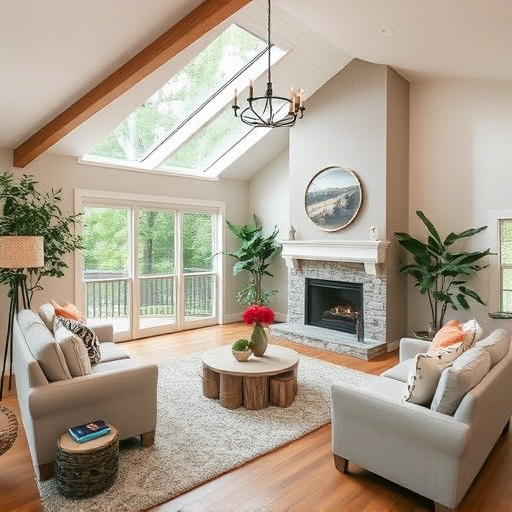
Open layout designs in commercial remodeling boost collaboration and productivity through face-to-fa…….
Commercial remodeling is a dynamic process that involves the renovation and adaptation of existing commercial spaces to meet evolving business needs, market trends, and technological advancements. It is an integral part of urban development, playing a pivotal role in revitalizing neighborhoods, driving economic growth, and creating vibrant, functional environments for businesses and communities alike. This comprehensive article aims to explore every facet of commercial remodeling, from its foundational concepts to its global impact, technological innovations, and future trajectory. By delving into case studies and analyzing key trends, we will uncover the significance of this practice in shaping our built environment and economic landscapes.
Commercial remodeling is a multifaceted process that encompasses the redesign, restructuration, and reimagining of commercial properties to enhance their functionality, aesthetics, and market appeal. It involves a strategic approach to transform underutilized or outdated spaces into modern, efficient facilities tailored to specific business requirements. This concept goes beyond mere cosmetic changes; it includes structural modifications, technological upgrades, and space planning to optimize workflow and customer experiences.
At its heart, commercial remodeling is driven by several key components:
Market Demand and Business Needs: The primary catalyst for remodeling is the changing demands of businesses. As markets evolve, companies may require updated facilities to accommodate new products, services, or operational processes. For instance, a traditional retail store might remodel to incorporate e-commerce elements, creating a seamless omnichannel shopping experience.
Aesthetic and Functional Enhancements: Many commercial spaces undergo remodeling to improve their visual appeal and overall user experience. This may involve architectural renovations, interior design updates, or the addition of modern amenities to attract tenants and customers. For example, an old office building might be revitalized with contemporary aesthetics, open-concept layouts, and green features to enhance employee satisfaction and productivity.
Technological Integration: Technological advancements play a pivotal role in commercial remodeling. Integrating smart building systems, digital infrastructure, and innovative solutions can significantly improve energy efficiency, security, and operational effectiveness. From automated lighting systems to advanced cybersecurity measures, technology-focused renovations are becoming increasingly prevalent.
Historically, commercial remodeling has been influenced by economic cycles, urban renewal efforts, and changing consumer behaviors. In the post-World War II era, for instance, many cities underwent significant urban redevelopment, leading to the construction of modern office towers and shopping centers. More recently, with the rise of e-commerce and remote work, there is a growing emphasis on creating flexible, adaptable spaces that cater to diverse business models.
Commercial remodeling is not limited to specific regions or countries; it has a profound global impact, shaping urban landscapes and economies worldwide. Several key trends emerge when examining its international influence:
Urban Revitalization: Many cities are embracing commercial remodeling as a tool for urban renewal, particularly in downtown areas. This trend involves transforming underutilized or declining commercial zones into vibrant hubs of activity, attracting businesses, residents, and tourists alike. For example, the revitalization of historic districts in cities like New York, Paris, and Tokyo has led to the creation of mixed-use developments that blend retail, office, and residential spaces.
Sustainability and Green Building: There is a growing global emphasis on sustainable commercial remodeling practices. Building owners and developers are adopting eco-friendly design principles, incorporating renewable energy sources, and prioritizing energy efficiency to reduce their environmental footprint. The LEED (Leadership in Energy and Environmental Design) rating system, developed by the U.S. Green Building Council, has been widely adopted internationally, setting standards for environmentally responsible building design and construction.
Technological Integration: As mentioned earlier, technological advancements are a driving force behind commercial remodeling globally. Smart cities initiatives, which integrate technology into urban infrastructure, are gaining traction worldwide. This includes the implementation of smart lighting systems, energy management solutions, and advanced security protocols. In Asia, for instance, cities like Singapore and Tokyo have made significant strides in developing technologically advanced, sustainable commercial spaces.
Adaptability to Changing Business Models: The rise of e-commerce, remote work, and flexible office concepts has prompted businesses worldwide to reevaluate their physical space requirements. Commercial remodeling provides an opportunity to create adaptable, modular spaces that can accommodate evolving business needs. This trend is particularly evident in the growth of co-working spaces and shared office environments, which offer flexibility and cost savings for startups and small businesses.
The economic landscape plays a crucial role in shaping the commercial remodeling industry, influencing investment decisions, market dynamics, and overall growth. Here’s an analysis of key economic aspects:
Market Dynamics: Commercial real estate markets are highly dynamic, with supply and demand forces constantly at play. Remodeling projects often occur in response to changing market conditions, such as rising rents, declining occupancy rates, or shifts in consumer preferences. For example, a surge in e-commerce popularity might drive the remodeling of traditional retail spaces into fulfillment centers or distribution hubs.
Investment Patterns: Commercial remodeling attracts significant investment from various sources, including private equity firms, real estate investors, and corporate entities. These investments can range from small-scale renovations to major redevelopment projects. According to a report by IBISWorld (2022), the U.S. commercial renovation and remodeling industry is expected to grow at an annual rate of 3.5% from 2022 to 2027, reflecting healthy investment in this sector.
Economic Impact: The economic impact of commercial remodeling extends beyond the construction phase. Renovated spaces can lead to increased property values, improved local economies, and job creation. For instance, a successful commercial renovation project in a downtown area may attract new businesses, boost tourism, and stimulate surrounding real estate development.
Public-Private Partnerships: Collaboration between public and private entities is common in large-scale commercial remodeling projects. Governments often provide incentives, grants, or low-interest loans to encourage private investment in urban renewal initiatives. These partnerships can drive significant transformations, revitalizing entire neighborhoods or districts.
Technology is a catalyst for innovation in the commercial remodeling industry, enabling more efficient, sustainable, and user-friendly spaces. Several technological advancements are shaping the future of this field:
Building Information Modeling (BIM): BIM is a digital representation of a building’s physical and functional characteristics. It allows designers, architects, and contractors to collaborate using a shared 3D model, improving coordination and reducing errors. BIM also enables better visualization, facilitating client engagement and decision-making during the design process.
Internet of Things (IoT): IoT technology integrates sensors and connectivity into buildings, enabling them to collect and exchange data. Smart lighting systems, temperature controls, and security devices can be automated and monitored remotely, enhancing energy efficiency and security. For example, a commercial space equipped with IoT-enabled sensors can optimize HVAC (heating, ventilation, and air conditioning) systems based on real-time occupancy data.
Virtual Reality (VR) and Augmented Reality (AR): VR and AR technologies are revolutionizing design and visualization processes. Architects and designers can create immersive 3D experiences, allowing clients to virtually walk through a space before construction begins. This enhances client engagement and enables more effective communication of design concepts.
Advanced Materials and Construction Techniques: Innovation in building materials and construction methods is leading to lighter, stronger, and more sustainable structures. For instance, the use of modular construction techniques allows for faster project delivery and reduced waste. Advanced materials like smart glass and high-performance insulation contribute to energy-efficient buildings.
The commercial remodeling industry operates within a framework of policies and regulations that govern various aspects of its activities. These rules are essential for ensuring safety, maintaining quality standards, and promoting sustainable development practices. Here’s an overview:
Building Codes and Permits: Local building codes dictate minimum construction standards, including structural integrity, fire safety, and accessibility requirements. Obtaining the necessary permits is a critical step in any remodeling project, ensuring compliance with legal and safety regulations.
Zoning Regulations: Zoning laws control the use of land and buildings, determining allowed applications and restrictions. Commercial remodeling projects must adhere to zoning regulations, especially when converting existing structures for new uses or changing building heights and facades.
Environmental Policies: Many jurisdictions have environmental protection policies that impact commercial remodeling. These may include requirements for sustainable design practices, energy efficiency standards, and management of construction waste. Developers must comply with these policies to obtain permits and avoid legal consequences.
Occupational Safety and Health Standards: Ensuring the safety of workers and occupants is paramount in the remodeling industry. Regulations like those set by OSHA (Occupational Safety and Health Administration) in the U.S. provide guidelines for safe working conditions, hazard communication, and protective equipment.
While commercial remodeling offers numerous benefits, it also faces several challenges and criticisms that require thoughtful consideration and strategic solutions.
Cost Overruns and Delays: One of the primary concerns in commercial remodeling is the potential for cost overruns and project delays. Unforeseen construction issues, material shortages, or changes in design requirements can significantly impact budgets and timelines. Effective project management, detailed scoping, and realistic budgeting are essential to mitigate these risks.
Disruption to Businesses: Remodeling projects, especially in occupied commercial spaces, can disrupt business operations. Construction noise, limited access, and temporary closures may cause inconveniences for tenants, requiring careful coordination and communication between developers and occupants.
Sustainability Concerns: While sustainability is a growing trend, some critics argue that commercial remodeling can lead to increased waste generation and environmental impact, especially if not properly managed. Implementing recycling programs, using sustainable materials, and adhering to green building standards are essential to address these concerns.
Community Impact: Large-scale commercial remodeling projects can have social implications, particularly in historic or culturally significant neighborhoods. Balancing the need for urban renewal with preserving local heritage and community character is a delicate task that requires community engagement and thoughtful design approaches.
To gain practical insights into commercial remodeling, let’s explore three successful case studies from different regions, each showcasing unique approaches and outcomes:
This project involved the transformation of a historic warehouse in Brooklyn’s trendy Williamsburg neighborhood into a mixed-use loft space. The renovation aimed to preserve the building’s industrial character while adding modern amenities. By incorporating open-concept living areas, large windows, and exposed brick walls, the developers created a desirable residential and retail destination. The project gained acclaim for its blend of old and new, attracting young professionals and boutique retailers.
Key Takeaways:
Tokyo Green Tower is a sustainable commercial and residential complex located in the heart of Tokyo. The project aimed to create an eco-friendly, high-density development that reduces the city’s carbon footprint. The tower incorporates a range of green features, including solar panels, rainwater harvesting systems, and energy-efficient HVAC units. The design also emphasizes natural lighting and ventilation, providing occupants with a healthy and comfortable environment.
Key Takeaways:
This case study focuses on a remodeling project that transformed an outdated office building into a dynamic innovation hub for startups and tech companies. The renovation involved reconfiguring space to accommodate flexible offices, co-working areas, and collaborative spaces. The design incorporated interactive display walls, advanced networking infrastructure, and outdoor terraces to promote creativity and collaboration. The project attracted a diverse range of tenants, fostering a vibrant ecosystem of innovation.
Key Takeaways:
The commercial remodeling industry is poised for continued growth and evolution, driven by emerging trends and technological advancements. Here’s a glimpse into the future:
Smart Cities and Digital Integration: As cities become increasingly connected, commercial spaces will need to incorporate advanced digital infrastructure to support smart city initiatives. This includes high-speed internet connectivity, IoT sensors, and integrated building management systems.
Biophilic Design: There is a growing emphasis on biophilic design principles, which bring natural elements into built environments. Incorporating plants, natural lighting, and organic forms can enhance occupant well-being, productivity, and connection to nature.
Modular Construction and Quick Turnaround: Modular construction techniques will continue to gain popularity for their speed, cost-effectiveness, and minimal waste generation. This approach enables faster project delivery, allowing businesses to occupy spaces sooner.
Focus on Well-being and Mental Health: Post-pandemic, there is a heightened awareness of the impact of built environments on mental health and well-being. Remodeling projects will prioritize inclusive design, accessibility, and spaces that promote employee satisfaction and productivity.
Sustainable and Net-Zero Buildings: The push for sustainability will drive the development of net-zero energy buildings, where energy consumption is balanced by renewable sources. This trend will shape the design and construction practices of commercial remodeling projects worldwide.
Q: How do I know if a commercial space needs remodeling?
A: Remodeling may be necessary if a space is outdated, inefficient, or no longer meets the needs of its intended users. Consider factors like energy costs, tenant satisfaction, and the overall market demand for similar spaces in your area.
Q: What are the initial steps in the commercial remodeling process?
A: The initial steps include defining project goals, conducting a thorough site assessment, creating a budget and timeline, obtaining necessary permits, and selecting an experienced design and construction team.
Q: How can I ensure my remodeling project stays on budget?
A: Effective budgeting is crucial. Create a detailed scope of work, obtain competitive bids from contractors, build in contingencies for unexpected costs, and regularly monitor progress against the budget.
Q: Are there any legal requirements for commercial remodeling in my area?
A: Yes, local building codes, zoning regulations, and environmental policies govern commercial remodeling. Consult with professionals to ensure your project complies with all relevant laws and obtain necessary permits.
Q: How can I make my remodeled space appealing to potential tenants or buyers?
A: Focus on creating a welcoming atmosphere through excellent design, high-quality finishes, natural lighting, and efficient space planning. Consider unique features that set your space apart from competitors.
Commercial remodeling is a dynamic field that plays a vital role in shaping urban landscapes and meeting the evolving needs of businesses and communities. By embracing technology, sustainability, and innovative design approaches, this industry can deliver exceptional spaces that drive economic growth, foster creativity, and enhance the overall quality of life in cities worldwide.

Open layout designs in commercial remodeling boost collaboration and productivity through face-to-fa…….
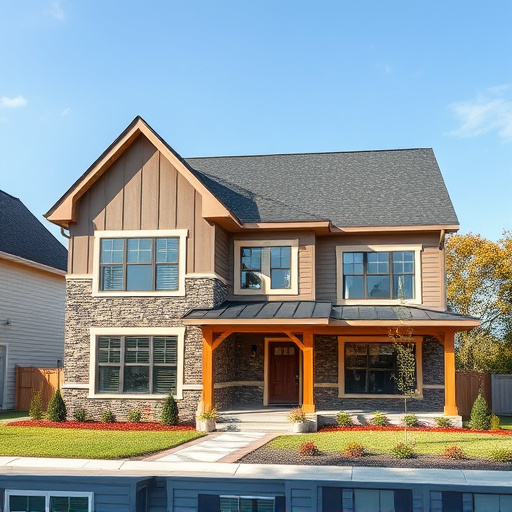
Architects play a vital role in commercial remodeling by understanding business needs, conducting de…….

Adhering to strict safety codes and local building regulations is paramount in commercial remodeling…….
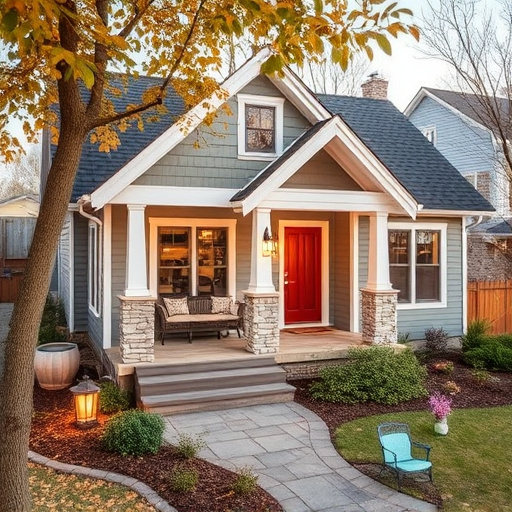
Commercial remodeling requires durable materials to handle heavy foot traffic and extreme conditions…….
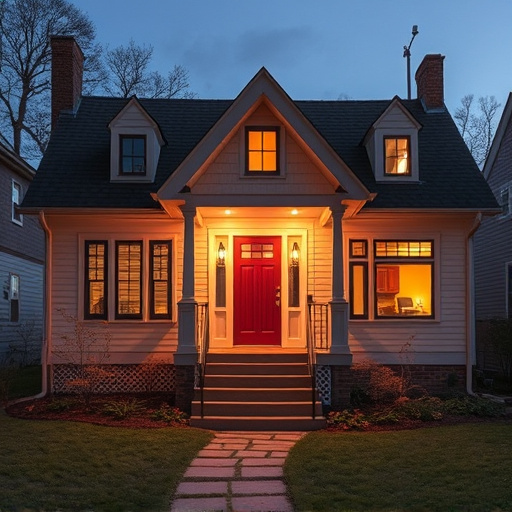
Meticulous planning, efficient logistics, and open communication are key to successful commercial re…….

Commercial remodeling requires strategic flooring selection to balance durability, functionality, an…….

Commercial remodeling transforms existing spaces into modern, functional environments tailored to bu…….
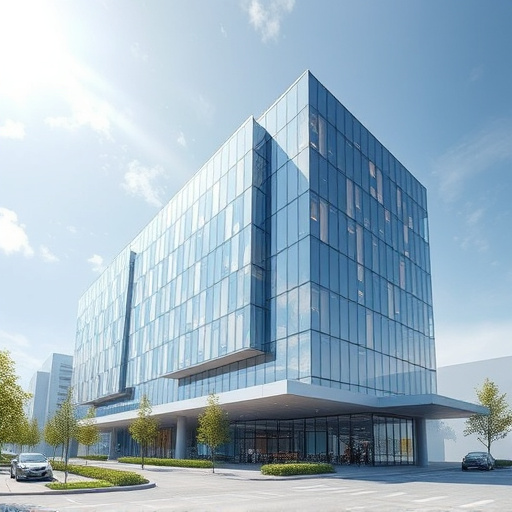
In commercial remodeling, adhering to ADA standards is crucial for creating accessible and inclusive…….
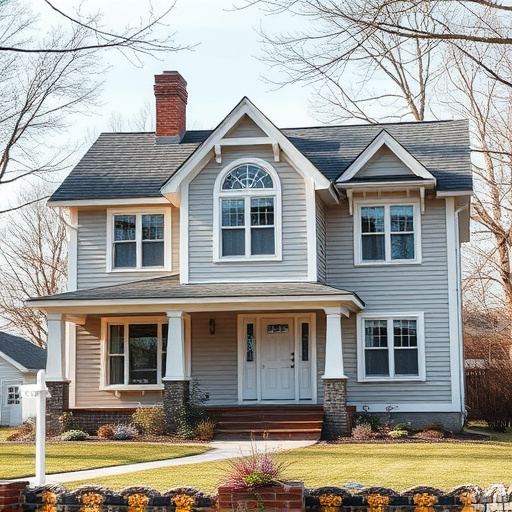
Commercial remodeling boosts employee productivity by transforming work environments. Strategic plan…….
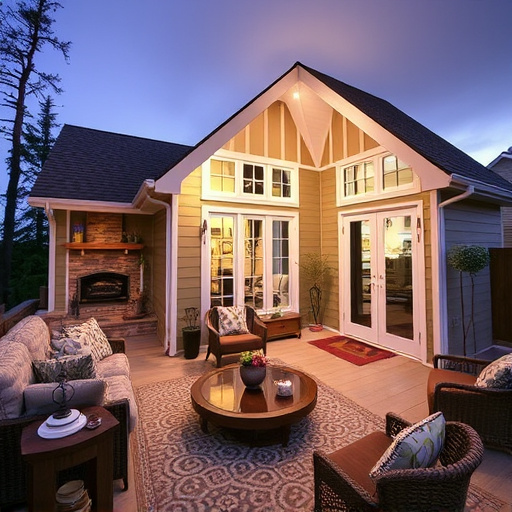
Commercial remodeling involves balancing aesthetics and functionality through strategic space planni…….